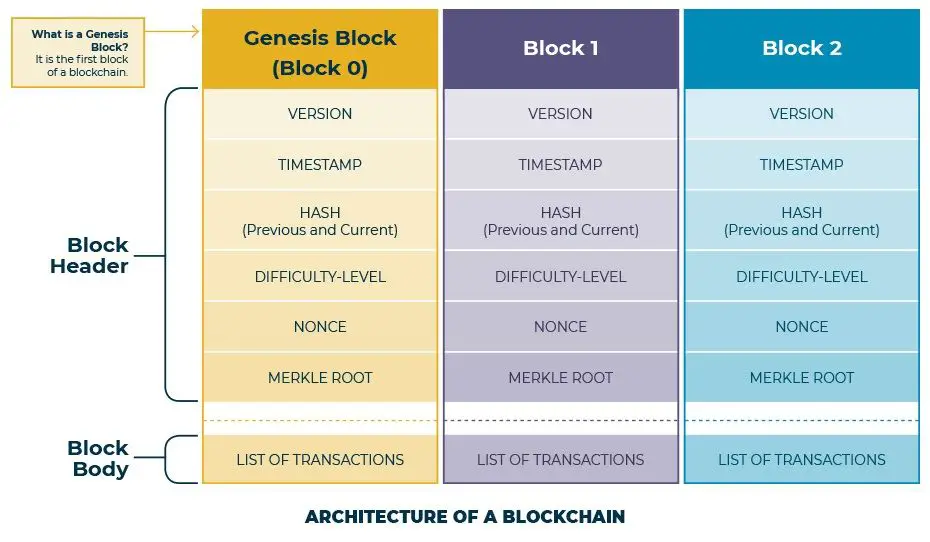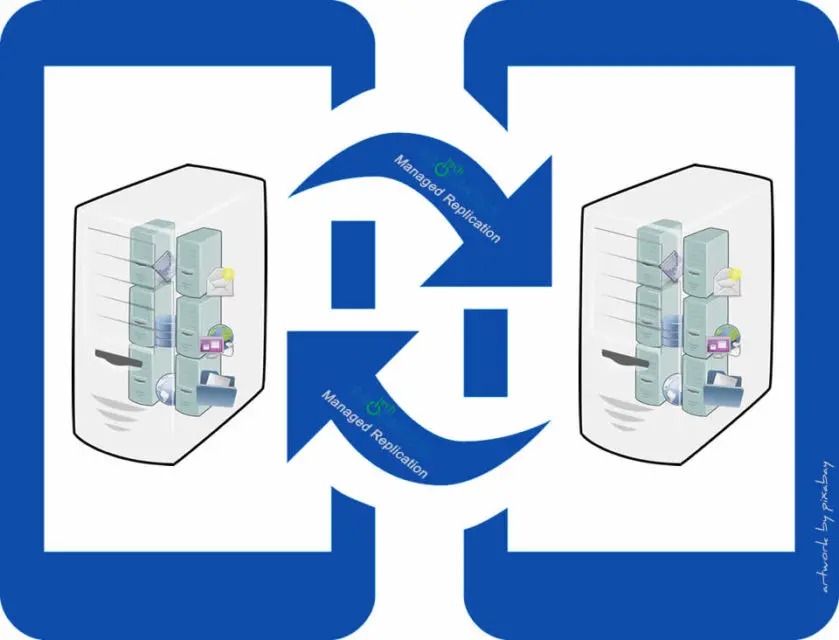Understanding The Layered Architecture Of Blockchain Applications

Executive Summary

Blockchain applications have gained significant traction in recent years, offering a transformative approach to data management. At the core of these applications lies a layered architecture that ensures security, scalability, and flexibility. This article comprehensively explores the layered architecture of blockchain applications, examining its key components, advantages, and challenges. By delving into the intricacies of this architecture, we can better understand the foundations of blockchain applications and their potential impact across various industries.

Introduction
Blockchain technology has revolutionized the way we interact with data, enabling secure, transparent, and immutable transactions. Central to this technology is a layered architecture that provides a structured approach to building and managing blockchain applications. This architecture consists of multiple layers, each with specific responsibilities and functionalities. By understanding the interdependencies and interactions between these layers, we can optimize the design and deployment of blockchain applications.
Consensus Layer
The consensus layer is the backbone of blockchain applications, responsible for maintaining the integrity and validity of the blockchain. It ensures that all participants agree on the current state of the blockchain and the validity of transactions.
- Proof-of-Work (PoW): A mechanism that requires miners to solve complex computational problems to validate transactions, creating a secure but energy-intensive consensus.
- Proof-of-Stake (PoS): A more energy-efficient consensus mechanism where validators are selected based on their stake in the network, reducing computational costs.
- Delegated Proof-of-Stake (DPoS): A variation of PoS where a limited number of delegates are elected to validate transactions, improving scalability.
- Proof-of-Authority (PoA): A consensus mechanism used in private or permissioned blockchains where trusted participants are pre-selected as validators.
Data Layer
The data layer stores and manages the data associated with the blockchain. It determines the structure, format, and accessibility of the data, ensuring its integrity and availability.
- Block Structure: Defines the format of a block, including its header, transaction data, and references to previous blocks.
- State Database: Maintains the current state of the blockchain, including account balances, smart contract code, and other relevant data.
- Transaction Manager: Handles the processing and validation of transactions, ensuring their adherence to network rules and correctness.
- Data Structures: Various data structures, such as hash tables and Merkle trees, are used to optimize data storage and retrieval.
Network Layer
The network layer facilitates communication between nodes within the blockchain network. It ensures secure and reliable data transmission, enabling the propagation of blocks and transactions throughout the network.
- Peer-to-Peer (P2P) Network: Nodes directly connect with each other to form a decentralized network, eliminating the need for a central authority.
- Transport Layer: Defines the protocols and mechanisms used for data transmission, such as TCP/IP or blockchain-specific protocols.
- Message Relay: Handles the dissemination of messages, including blocks, transactions, and gossip protocols, across the network.
- Network Optimization Techniques: Techniques such as sharding, off-chain channels, and lightning networks are employed to improve scalability and reduce network congestion.
Smart Contract Layer
The smart contract layer enables the execution of complex business logic on the blockchain, providing a programmable environment for autonomous and transparent transactions.
- Virtual Machine (VM): Executes smart contracts, providing a secure and isolated runtime environment.
- Contract Lifecycle: Defines the process of creating, deploying, and executing smart contracts on the blockchain.
- Contract Management: Tools and techniques for managing and monitoring smart contracts, ensuring their reliability and performance.
- Deterministic Execution: Smart contracts execute in a deterministic manner, ensuring consistent results across all nodes in the network.
Application Layer
The application layer sits on top of the other layers, providing user-facing interfaces and functionalities. It allows users to interact with blockchain applications, perform transactions, and access data.
- User Interfaces: Graphical user interfaces (GUIs) or command-line interfaces (CLIs) that enable users to interact with blockchain applications.
- Transaction Processors: Applications that facilitate the creation and submission of transactions to the blockchain.
- Data Analysis Tools: Tools for exploring, analyzing, and visualizing blockchain data, providing insights into network activity and application usage.
- Integrations with Other Systems: Blockchain applications can integrate with existing systems, such as enterprise resource planning (ERP) systems or customer relationship management (CRM) systems, extending their capabilities.
Conclusion
The layered architecture of blockchain applications provides a robust and flexible foundation for building and deploying decentralized, secure, and resilient solutions. By understanding the intricacies of each layer, we can optimize the development process, enhance application performance, and unlock the transformative potential of blockchain technology across diverse industries.
Keyword Tags
- Blockchain Architecture
- Consensus Layer
- Smart Contracts
- Data Layer
- Network Layer

